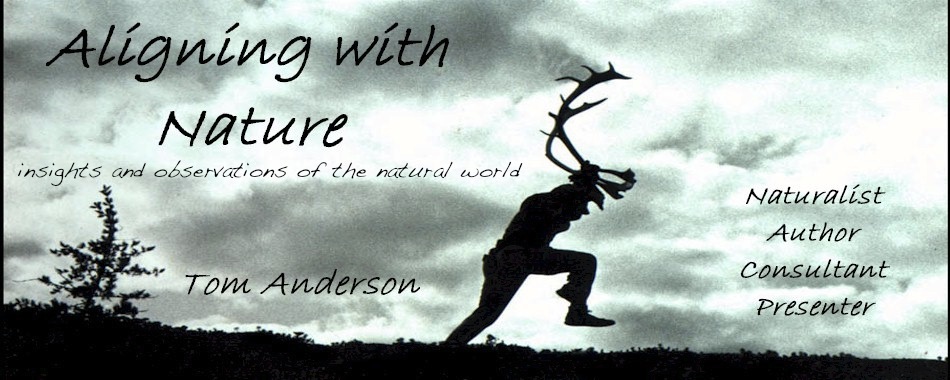Muskrats Bought My Table Saw

I pause at the door to my garage workshop. Where do I start? How do I clean a room that is both a hazard zone and a hoarder’s dream? I’m always embarrassed when someone peeks into what could pass for a flea market museum after an earthquake, but I prefer to think of it as a midden.
A midden is the archaeological term for a trash or garbage heap. Found everywhere that humans live or have lived, ancient middens are favorite sites for archaeologists to explore. Middens contain the broken or worn remains of tools, bones, clam shells and other organic matter including charcoal suitable for radio-carbon dating.
Even wildlife biologists study middens. Red squirrels create piles of cones beneath spruce trees, using the same midden site for years. Sea otters will carry clams or sea urchins to consistent sites to hammer them open with stones. Some otter middens contain shell fragments from more than a hundred thousand individual clams.
Our society has made sure that future archaeologists will have plenty of middens to study. Thousands of deep and spreading landfills will unveil our consumptive practices.
I clamber my way to my work bench. Like a forgotten ship hull encased in barnacles, the bench is encrusted with tools, wrenches and coils of wire. There are numerous jars and old coffee cans full of nails, screws, bolts, nuts and staples. There are spilled fasteners and washers just waiting to be correctly placed in some organized fashion.
There is also organic matter. Dried up turkey feet that could pass for tiny dinosaur feet. Turkey feathers and wings. A box of found skulls that include otter, gray and red fox, black bear and coyote. There is even a core bone from an old buffalo horn.
Any flat surface, no matter how small in area, is deemed a shelf or valuable real estate to set something on. A 30 inch tall chunk of elm, cut over 40 years ago, serves as a work surface to pound anything. But it currently has a pair of chain saws parked on it.
Beneath a homemade plant press sits a can of oil, a thin wooden muskrat skin stretcher for drying hides and a stack of 1950s Alaska magazines. I lift an antique calendar and rediscover my Sears Craftsman table saw. I pause and reflect on the thousands of lineal feet of pine, cherry, oak and fir that I cut.
Fifty-seven muskrats were responsible for the purchase of the saw in 1978. That year, fur prices were high and I was paid $7 for each muskrat I trapped. In addition to the table saw I purchased a nice Grade 1 Washita stone for sharpening my edged tools and knives.
The saw played an important role when I gutted and retrofitted our hundred-year-old house. But it has seen little use over the last decade and has devolved into a table top to store crap.
I spent a couple days trying to get the saw functioning, but it revolted and seemed perfectly satisfied in its retirement role as a tabletop. So the saw is going for a ride to the metal scrap guy. I took off the electric motor and hope I can find someone who wants it. I’ll even throw in a six-pack of coffee cans filled with nails.
I tend to hang on to things because I am too attached to the stories that come with them. When I let an item go, its story might remain but I fear it will be less recalled.
I decided to add a piece of Americana folk art into our house so I picked up the muskrat skin stretcher. Boiling water and some scrubbing would turn that midden artifact into a dandy kitchen cutting board. It will serve as a memorial to those fifty seven muskrats that made the ultimate sacrifice so I could buy a table saw.




